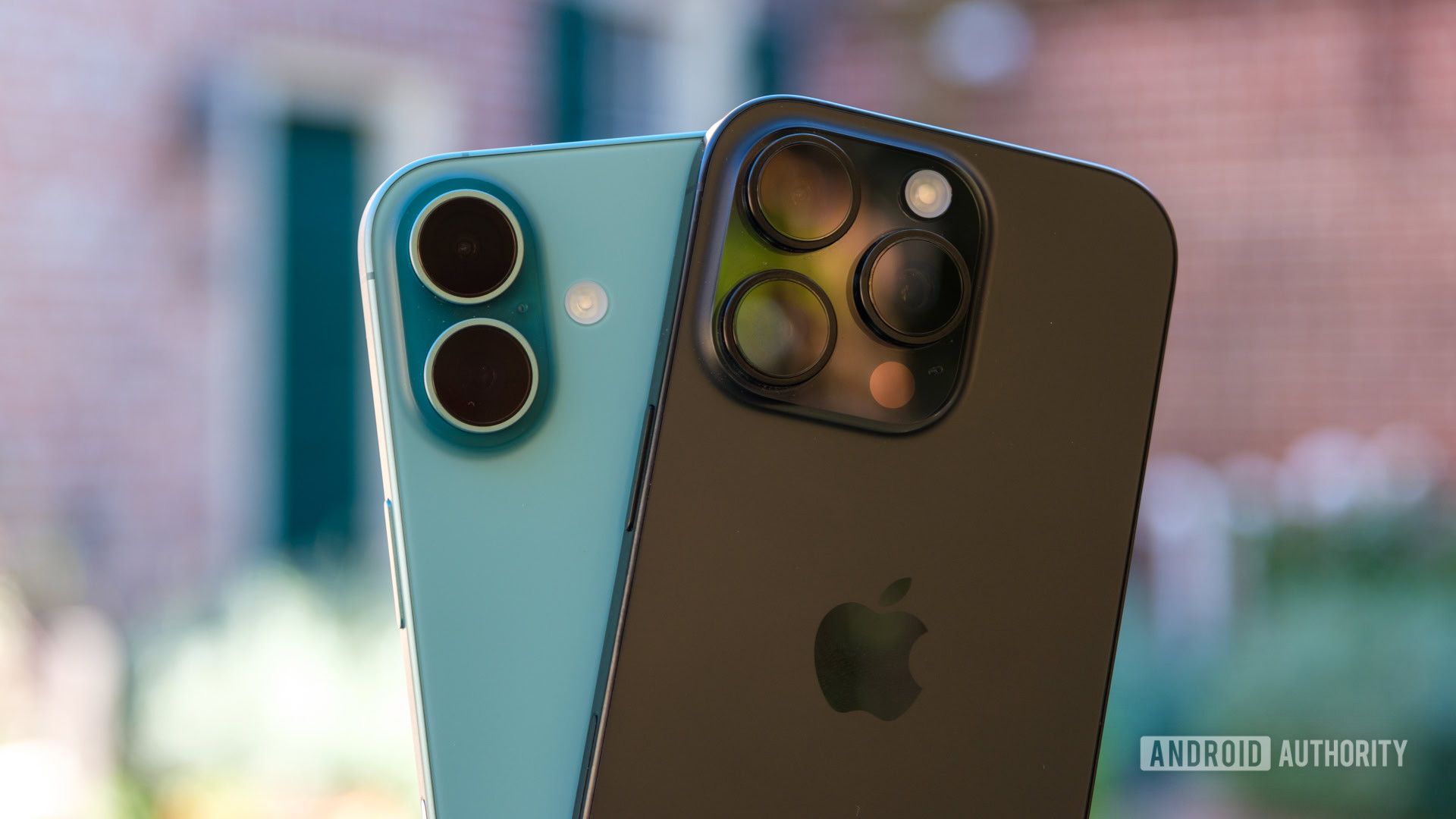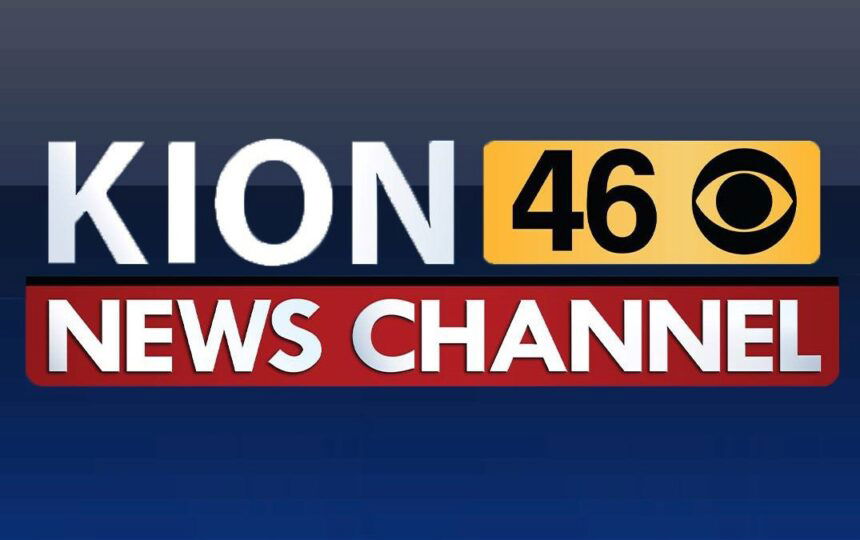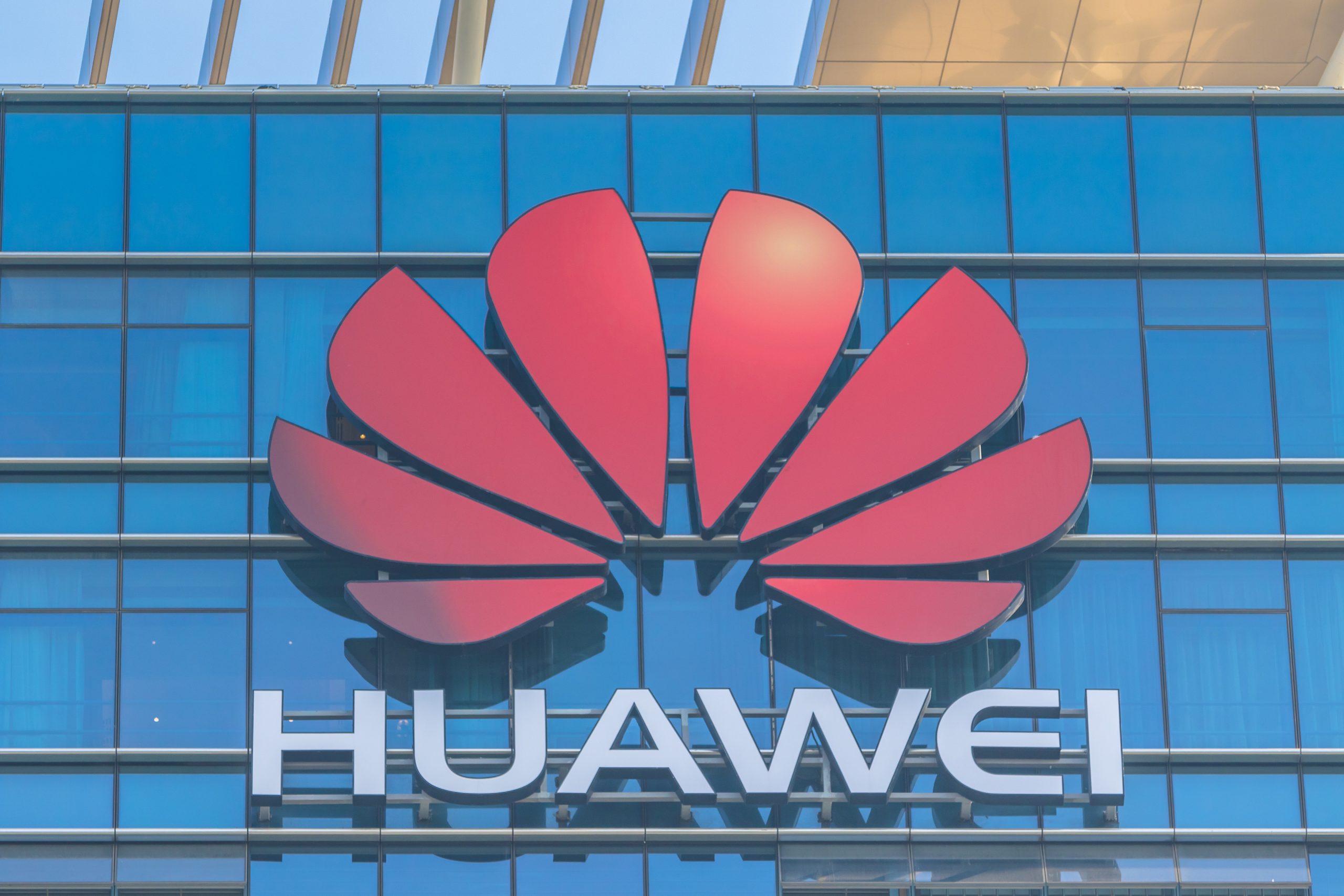For a long time, we’ve been willing to treat Apple like something of a unicorn. Not because the iPhone is your only option if you prefer iOS to Android, but because of how Apple has historically made its iPhone. Rather than reach for the biggest batteries and strive for the fastest charging, Apple has seemed content to rely on its excellent optimization to stretch otherwise underwhelming specs to impressive heights.
Sure, there was still a sense of battery anxiety over whether or not your phone would make it through a long day, but you were still doing more with less. Now, it feels like the iPhone 16 series has reached a point where it’s doing less with less. Apple hasn’t upgraded its wired charging in a few years, and its small batteries feel smaller than ever — not to mention the increased processor demands as Apple Intelligence rolls out.
Only the iPhone gives me battery anxiety these days, and I don’t think Apple should keep getting away with it.
Does your phone give you battery anxiety?
303 votes
You’re reading an Authority Insights story. Discover Authority Insights for more exclusive reports, app teardowns, leaks, and in-depth tech coverage you won’t find anywhere else.
Apple’s optimization is slipping
A key piece of Apple’s ability to do more with less has always come from the fact that it controls the iPhone from start to finish. Everything, from the chipset to the software, is handled in-house, which has typically meant that Apple could fine-tune apps to the point where they sip power rather than chug it. It meant that Apple could pack its iPhone with slightly less RAM than a comparable Android flagship, too, yet we didn’t notice any loss in performance.
Apple’s efficiency didn’t just show in day-to-day life, either — the iPhone sat as our benchmarking king for quite a while. Whether we put it through CPU-intensive tests like Geekbench 6 or GPU-focused ones like 3DMark’s Wild Life, the annual chipset upgrade breezed through most tests with impressive numbers. That gap has shrunk over the last year or two, however, making it easier for the best Android phones to sneak in and steal a little of Apple’s lunch.
So far, Apple has largely been able to keep its lunch, at least in the case of our cornerstone CPU and GPU tests. It still puts up better numbers than Qualcomm’s Snapdragon 8 Gen 3 and Google’s Tensor G4, and it manages to hold a reasonably balanced result across 20 runs of 3DMark’s Wild Life Extreme stress test. However, it’s not all good news when you start draining the battery.
One of the last benchmarks we run is an in-house battery drain test, which looks at five basic use cases to see how long a phone could last if run through each one until it dies. It runs the phone through web browsing, camera capture (both 4K video and stills), 4K video playback, and a Zoom video call as a rough approximation of what you might do over a long day.
Unfortunately for Apple, the ~3,500mAh battery on the iPhone 16 Pro comes up short — almost universally. I put it up against most of the similarly-priced Android flagships that I’ve enjoyed throughout the year, including the Google Pixel 9 Pro, Samsung Galaxy S24 (with a Snapdragon chip), OnePlus 12 (in standard mode), and even the Samsung Galaxy Z Flip 6, and it brought up the rear across the board. Apple scored well in 4K video playback, but it’s not enough of a gap to make up for the otherwise middling results — at least, not in my opinion.
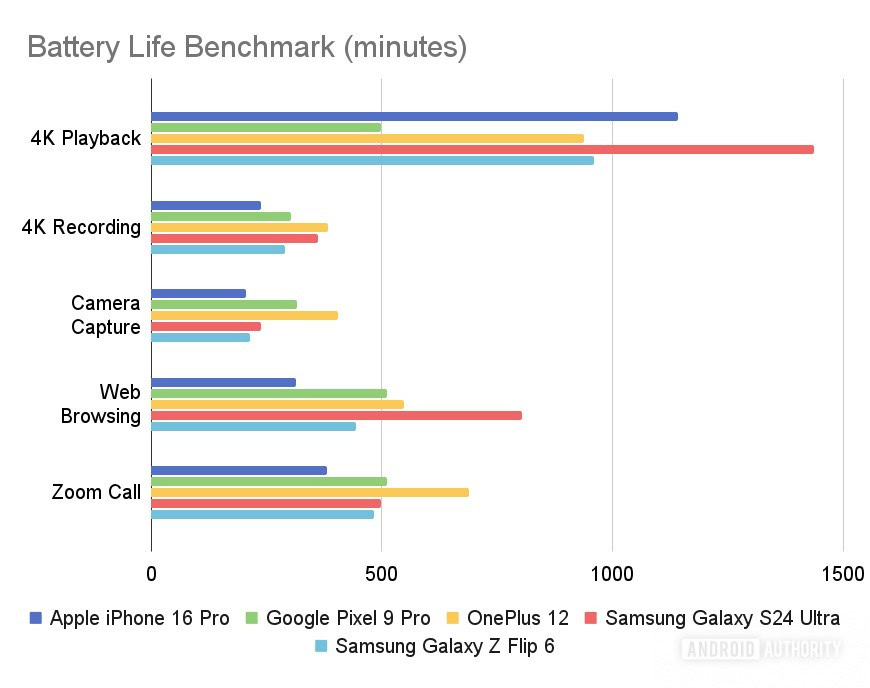
I think the fact that Apple’s $1,000 flagship can barely keep pace with the smallest of Android batteries is about as bright of a red flag as you can fly. Sure, it almost matched the Galaxy Z Flip 6 in terms of still image capture, but is that really the bar that you want to reach for? You’re probably not going to sit and snap 100 pictures in a row, and even if you do, you’re probably not trying to out-shoot a dual-camera flip phone in the process.
If you’re only going to watch 4K videos, the iPhone 16 Pro has great battery life…
Worse for Apple is that day-to-day usage reflects the same battery shortcomings. I’ve had battery anxiety while using the iPhone 16 Pro in a way that I haven’t experienced in a long time. I took it on my recent trip to Amsterdam and found myself worrying about how to use Apple Maps for navigation while also snapping photos through the Rijksmuseum and holding onto enough of a charge so that I could pay my bus fare back to the hotel with Apple Wallet. Sure, my iPhone made it easy to set up a data eSIM while there, but I’m not sure if the rest of the stress was worth it.
Slow charging is slow charging, no way around it
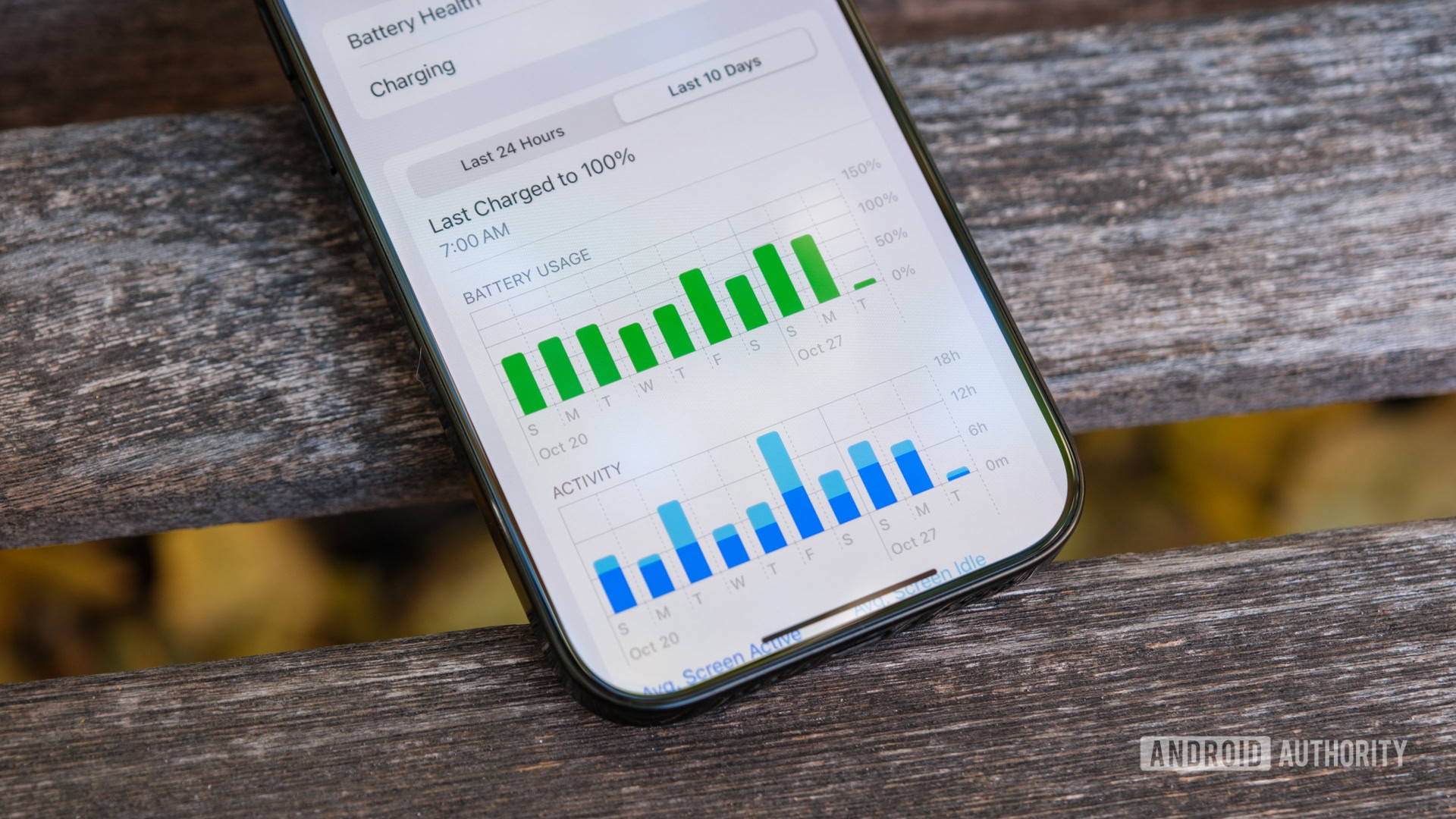
Ryan Haines /
While you could probably argue for or against our controlled battery drain test depending on how you use your phone, there’s one thing that I’d bet you agree with — Apple’s charging setup stinks. Full stop, no way around it. The iPhone 16 Pro — which, again, starts at $1,000 — supports wired charging at a mediocre 21W or wireless MagSafe at up to 25W. I’d give Apple a little credit, as the 25W wireless MagSafe speed is impressive if you have a compatible charger, but it falls to a pedestrian 15W with any other Qi-certified pad.
For some perspective, Apple hasn’t upgraded its wired charging — at least outside of the top-end iPhone Pro Max — since about the iPhone 11 series. That phone, launched pre-pandemic, offered 18W to 22W wired charging and was impressive for its day. That was right when I picked up the Samsung Galaxy S10, which only supported 15W wired charging. I thought it was good enough at the time, but I was still a little envious of Apple’s better speeds.
Remember the iPhone 11? Apple’s wired charging hasn’t really changed since then.
Now, though, you can have your choice of Android phones that charge faster than the best that Apple has to offer. We’ve reached the point where 25W wired charging is the bare minimum for Samsung’s entire lineup, including the budget-friendly Galaxy A15 5G. Motorola might lag with 15W wired speeds on its most affordable Moto G Play (2024), but it’s pumped the Moto G Power (2024) up to 30W wired charging and offers even more impressive 45W wired speeds on its foldable Razr Plus (2024).
As you might imagine, we have a controlled test to put Apple’s slow charging into sharp perspective. Essentially, we hook each phone up to a compatible charger (usually the 160W uGreen Nexode Pro) and measure the change in voltage and amperage over an entire session. From there, we can compare the results of each phone, and the results aren’t great for Apple.
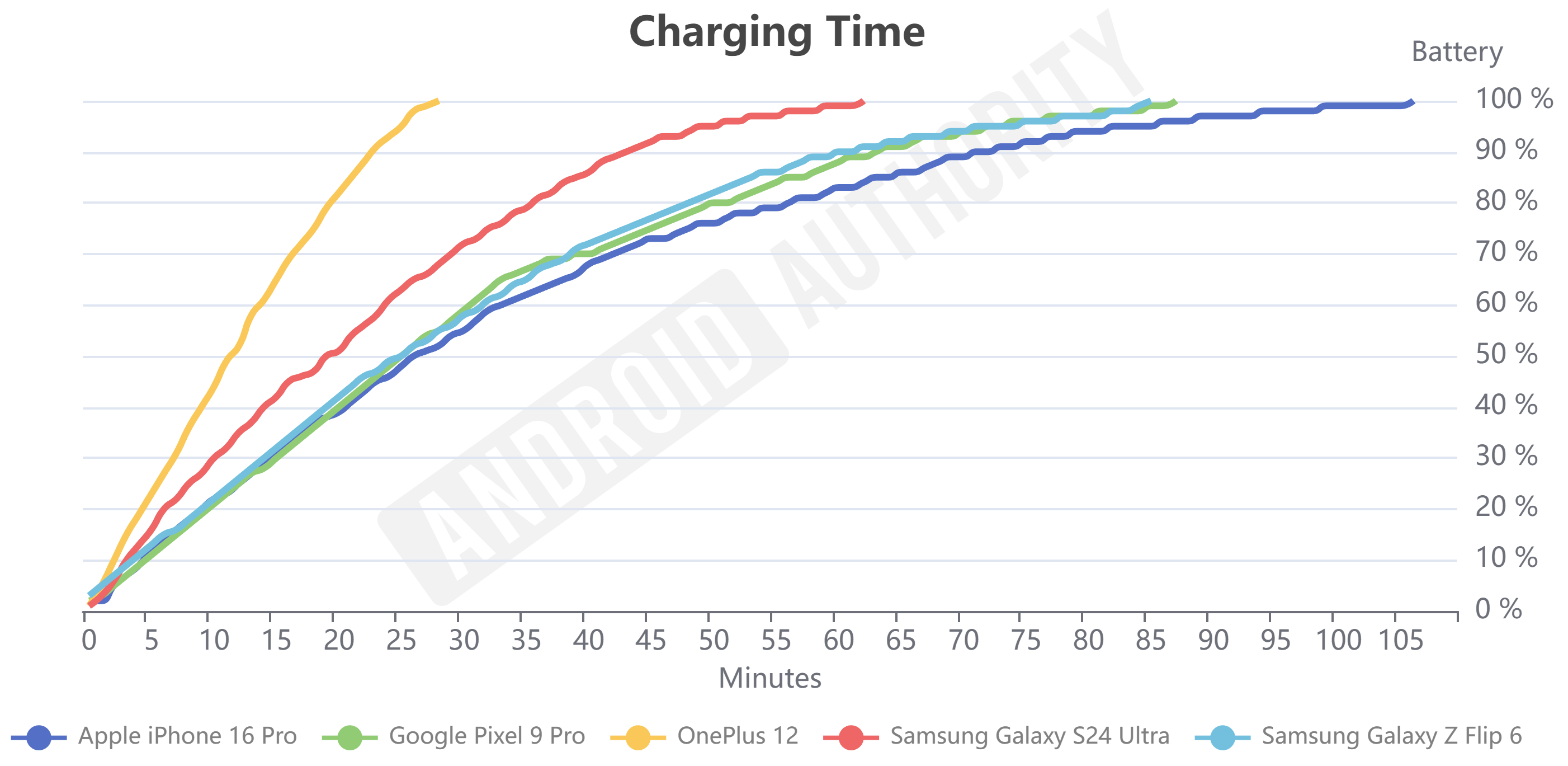
Like above, I put it against a slate of comparable flagships available in the US, and once again, Apple brought up the rear. The OnePlus 12 ran circles around the rest, blazing to a full battery in about 25 minutes with its 80W SuperVOOC charging, while both of Samsung’s entries finished well ahead of the iPhone 16 Pro. Even Google has come out to run circles around Apple’s latest iteration of wired charging. Although it’s ridiculous to claim that the Pixel 9 series gets the best charging speeds from Google’s in-house 45W charger — especially when none of the models hit 45W — 27W still gets you quite a bit further than 21W, and it does so much faster.
The iPhone 16 Pro has the smallest battery I tested but takes the longest to charge.
Keep in mind that the iPhone 16 Pro has by far the smallest battery of the phones I’m comparing. It sits at just about 3,500mAh, which is a good 500mAh smaller than the little Z Flip 6, 1,200mAh behind the Pixel 9 Pro, 1,500mAh shy of the Galaxy S24 Ultra, and 1,900mAh behind the OnePlus 12. Yet it took more than 20 minutes longer than the slowest of the bunch.
Apple Intelligence will probably make things worse
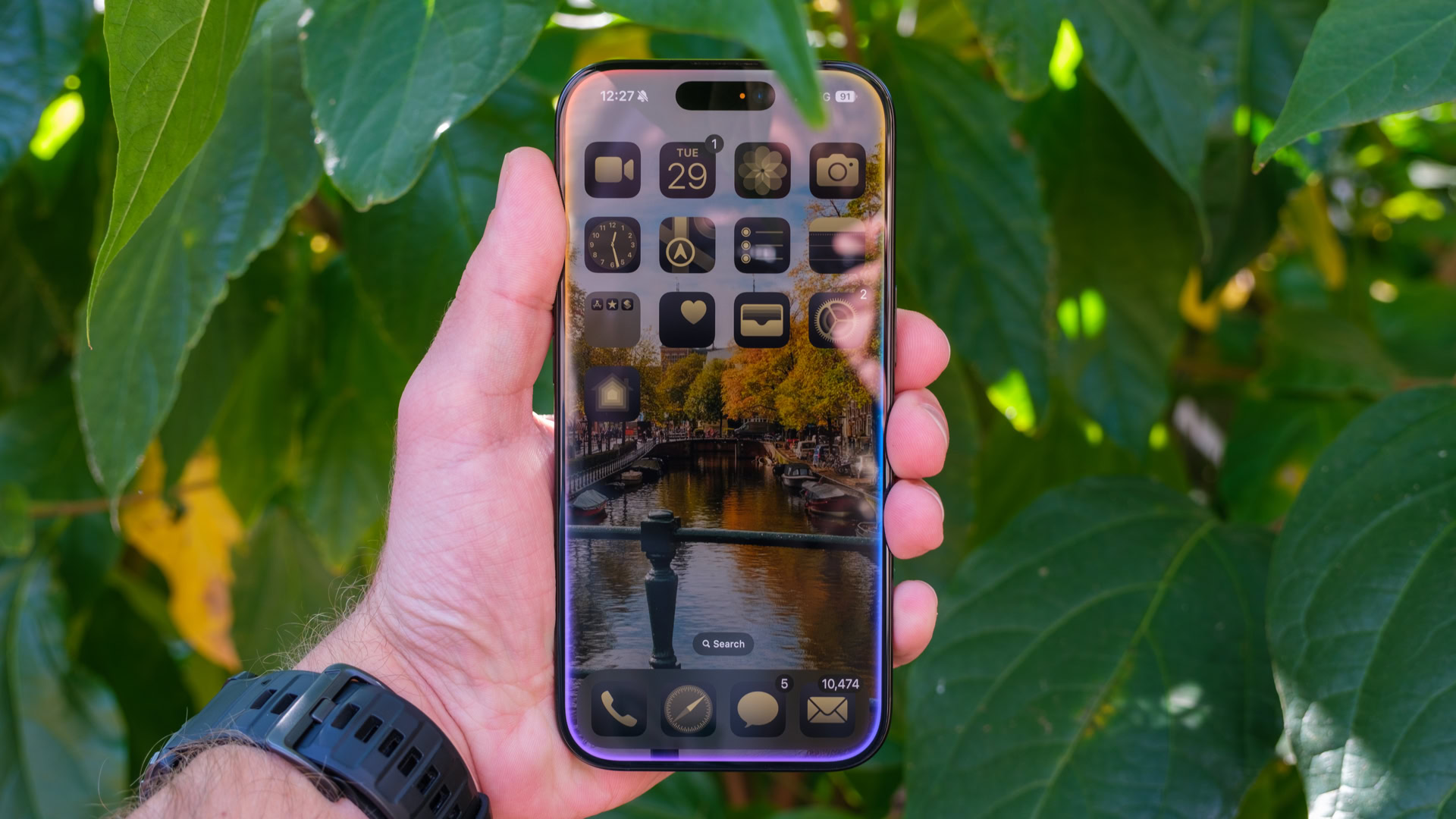
Ryan Haines /
Maybe the real reason I’m hung up on Apple’s stubborn approach to battery capacity and charging has nothing to do with either. Yes, they’re both bad, but my real cause for concern is that I think both will get worse as more and more Apple Intelligence features launch. While I believe that Apple will probably offer one of the smoother rollouts in terms of how quickly it gets those features up to speed, I’m worried about the way the iPhone 16 Pro will handle the increased thermal load that comes with on-device AI and wouldn’t be surprised if it struggles under the pressure.
See, I’ve spent a good slice of the year with my personal SIM bouncing between the Galaxy S24 and Pixel 9 series, so I’ve had plenty of chances to test out on-device AI. I quickly learned that the more generative tasks, like Pixel Studio and Sketch to Image, tend to run warm and stay warm. It’s not a surprise, as creating something from nothing is a lot to ask of a chipset trapped in a pocket-sized body, but it does create something of a snowball effect through the rest of the phone.
As Obi-Wan Kenobi would say, ‘I have a bad feeling about this.’
Of course, I already knew that the Pixel 9 and Galaxy S24 would get warm when put through their more intensive paces, as they’d already done so during our 3DMark stress tests. Both warmed up a bit over that 20 minutes, though neither one reached a point of being uncomfortable to hold. The iPhone 16 Pro, on the other hand, felt like it would happily toast the skin on my hand if given the chance. Unfortunately, the iOS version of 3DMark doesn’t offer consistent temperature readings, but I could tell the titanium frame was significantly warmer in my hand than its aluminum-framed competitors.
So far, though, the Apple Intelligence rollout is in its infancy. It’s limited to features like a revamped Siri animation, a new set of Writing Tools, and a Clean Up feature that works like the original Magic Eraser — things that show off Apple’s approach to AI without taxing its A18 Pro chipset. All three feel fresh and new, making it seem like my iPhone 16 Pro is packed with AI potential, but I’m waiting for the other, more intense shoe to drop. With it will come increased thermal needs, and I just don’t think that Apple’s current combination of battery size, heat regulation, and wired charging is equipped to handle that change.
I don’t want to start carrying a phone charger with me everywhere I go, but I won’t be surprised if that’s what happens.

